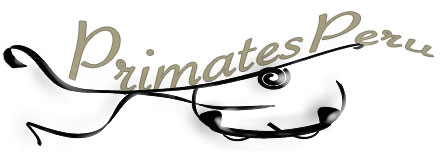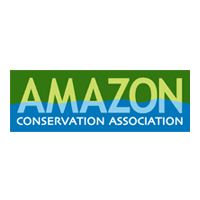Sani Lodge Pt.2 – The Place
In the forest, with luck and a good guide, you will see several primate species. I’m pretty jaded by monkeys at this point so for the primate fans forgive my glossing over them. It is more difficult to come across the exotic mammals (even more so to photograph them). I’ve been on the trail with a cat (likely ocelot) hidden just ahead of me. I’ve seen jaguar scat and sign. This last trip during my solo nightly forays into the forest I walked up to (much to the surprise of both of us) a large tapir, brocket deer, agouti, paca, and of course the numerous types of bats.
A close encounter with a tapir. This barely salvaged point and shoot shot (read inadequate flash and 10.5mm focal length) does not accurately depict the size and closeness of this big mammal.
The tapir experience was pretty cool but not a first for me so I would have to rank my first giant armadillo as most cool and funny. One night I herd a loud crashing coming from the forest off to my right. Expecting that I disturbed a group of night monkeys I was looking up when I realized the source was on the ground and coming right at me. It is easy to let your imagination runaway from you while immersed in dark rainforests by yourself; much easier when something big is tearing through the vegetation coming right at you. Just then I caught a giant armadillo in the beam of my headlamp marching at me. I was thinking it has to know I’m here. I mean I’m the only source of light. But now the monster with little sense came right up to me and literally stopped ON my feet! I guess I was equally caught off guard because instead of thinking to pull out my little point and shoot camera to catch this rare opportunity I decided to tap the back of this guy with my snake hook. It jumped straight up a foot or so then bolted back into the forest.







3 comments
Hmmm. Having difficulties with the black caiman photo. How I would like to be able to click it to get a better size!
/Lars
Lars, the photos are not clickable. They are embedded flash files. Considering the relative uniqueness of my subjects, especially herps, I decided to do this to dissuade theft. That’s not a good caiman shot (lighting sucked) but it is the only full body shot I had. I’ll send you a larger version to look at.
[…] I’ve already mentioned the reptile and amphibian diversity of Ecuador. It is an amazing place to be sure. But for the reptile installment of this series I’m going to try something a little different. Instead of getting into the science of my finds I’m going to write about the encounters and the photo sessions. It should be obvious by now that I like to take photos of these animals. That means that I can have a few dozen shots or more of the same animal. If the animal and photo conditions are right then I’ll keep shooting, changing lighting, aperture settings, and compositions and poses. I do this because it’s not until reviewing lots of images that you can see what worked and what didn’t. I’d rather have the luxury of ignoring lesser shots while having a gallery quality keeper than getting home and seeing that the shot I thought was cool really just doesn’t cut it on serious evaluation. Little things like crossed toes, misplaced twigs and leaves, little clumps of dirt on the animal, and other imperfections are easily missed during a live shoot. My attention is usually pulled towards keeping the animal from disappearing off into the forest. In the case of some of these animals it took many years to come across a particular species so it will be tough to get a re-shoot in the future. Some animals just don’t lend themselves to exciting images. Most don’t offer any cooperation. Actually, it seems to take the convergence of a cooperative animal, luck, locating the perfect scene/backdrop, luck, time to experiment, assistance, and an eye to balance composition against the natural world of the animal. Oh, and a little luck. […]